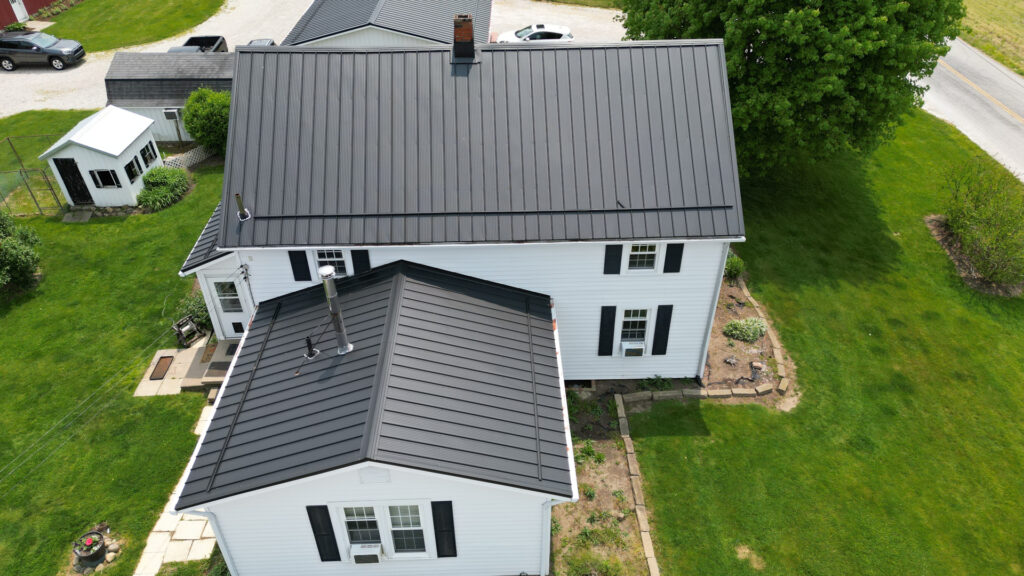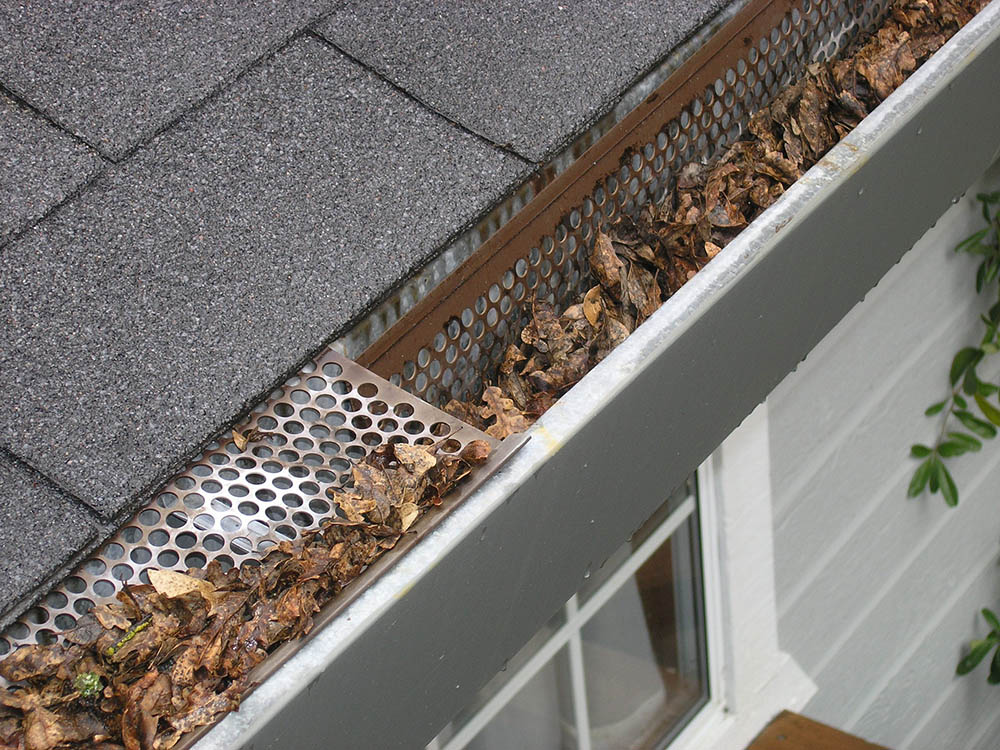When it comes to safeguarding your home from the elements, your roof plays a crucial role. However, it’s not just the shingles and underlayment that keep your home protected; roof flashing also plays a vital role in preventing water intrusion and maintaining the integrity of your roofing system. In this blog, we will explore the importance of roof flashing, its various types, and its role in protecting your home from water damage.
What is Roof Flashing?
Roof flashing is a thin, weather-resistant material typically made of galvanized steel, aluminum, copper, or PVC. It is installed around roof openings, joints, and intersections to create a waterproof barrier that directs water away from vulnerable areas. Flashing acts as a sealant, preventing water from seeping into the roof and causing damage to the underlying structure.
Types of Roof Flashing
Drip Edge Flashing:
Drip edge flashing is installed along the edges of the roof to prevent water from seeping under the shingles and into the fascia board. It directs water away from the fascia and helps prevent rot and water damage in this vulnerable area.
Valley Flashing:
Valley flashing is used in roof valleys, where two roof planes intersect. It directs water away from this critical area, preventing water from pooling and potentially causing leaks.
Step Flashing:
Step flashing is installed where the roof meets vertical surfaces such as walls, chimneys, or dormers. Each piece of step flashing is layered over the shingles and under the siding, creating a water-resistant barrier that protects against water infiltration.
Chimney Flashing:
Chimney flashing is used around chimneys to create a waterproof seal between the chimney and the roof. It prevents water from entering the gap between the chimney and the roof and causing leaks.
Vent Pipe Flashing:
Vent pipe flashing is installed around plumbing vent pipes that protrude through the roof. It creates a watertight seal around the vent pipe, preventing water from seeping into the roof through this opening.

The Importance of Roof Flashing
Water Protection:
The primary function of roof flashing is to protect your home from water intrusion. By directing water away from vulnerable areas, flashing prevents water from seeping into the roof and causing damage to the interior of your home, including ceilings, walls, and insulation.
Leak Prevention:
Flashing acts as a barrier against leaks, which can lead to costly repairs and potential structural damage. By properly installing and maintaining roof flashing, you can prevent leaks and the associated expenses.
Longevity of Roofing Materials:
Roof flashing plays a crucial role in extending the lifespan of your roofing materials. By preventing water damage, flashing helps your shingles, underlayment, and other roofing components last longer and perform at their best.
Protection Against Weather Elements:
Your roof is exposed to various weather elements, such as rain, snow, and wind. Roof flashing ensures that your roof remains resistant to these elements, maintaining its effectiveness in protecting your home.
Preservation of Structural Integrity:
Water infiltration can lead to rot and decay of the roof’s underlying structure. Properly installed flashing helps preserve the structural integrity of your roof and the entire home.
Common Roof Flashing Issues:
While roof flashing is essential for protecting your home, it can develop issues over time, especially if not installed or maintained properly. Some common flashing problems include:
Rust and Corrosion:
Flashing made of metal, such as galvanized steel or copper, can corrode over time due to exposure to the elements. Rust and corrosion weaken the flashing, compromising its ability to prevent water intrusion.
Cracks and Gaps:
Flashing can develop cracks and gaps due to temperature changes and weather conditions. These openings provide a pathway for water to enter the roof and cause leaks.
Separation from the Roof Surface:
Improper installation or age can cause flashing to separate from the roof surface. This creates a vulnerable area where water can penetrate and cause damage.
Missing Flashing:
Missing flashing or improperly installed flashing leaves critical areas of the roof unprotected, increasing the risk of leaks and water damage.
Maintaining Your Roof Flashing:
Regular roof inspections and maintenance are essential for ensuring the effectiveness of your roof flashing. Here are some tips for maintaining your flashing:
Schedule Roof Inspections:
Have your roof inspected at least once a year by a professional roofing contractor. They can identify any issues with the flashing and address them promptly.
Clear Debris:
Keep your roof and gutters clear of debris to prevent water from pooling around the flashing and causing damage.
Check Seals and Caulking:
Examine the seals and caulking around flashing areas regularly. Replace any damaged or worn seals to maintain a watertight barrier.
Address Roof Repairs Promptly:
If you notice any signs of roof damage, such as leaks or water stains on ceilings, address the repairs promptly to prevent further damage to the flashing and the rest of the roofing system.

Roof flashing plays a vital role in protecting your home from water damage and preserving the integrity of your roofing system. Properly installed and maintained flashing can prevent leaks, extend the lifespan of your roofing materials, and protect your home from severe weather elements. Regular roof inspections and maintenance are crucial for identifying and addressing any flashing issues to keep your home safe and dry. Investing in quality flashing and professional installation will provide you with long-term protection and peace of mind for years to come.
If your ready to have your roof inspected by the best team around, Contact Platinum Home Exteriors Today!


